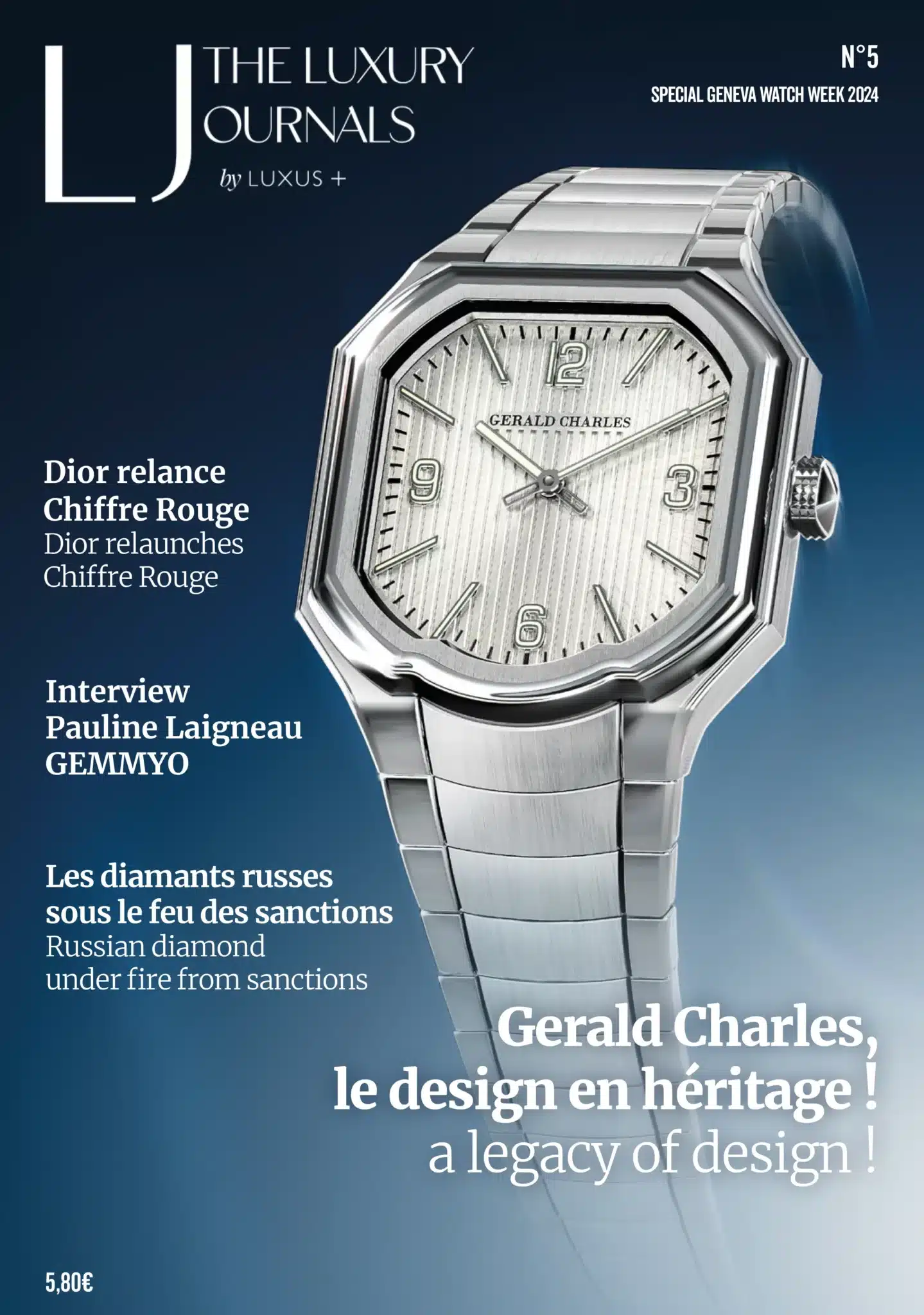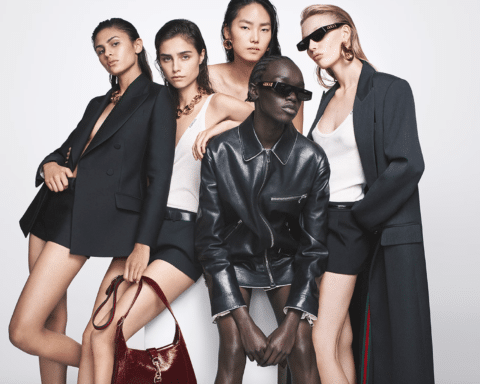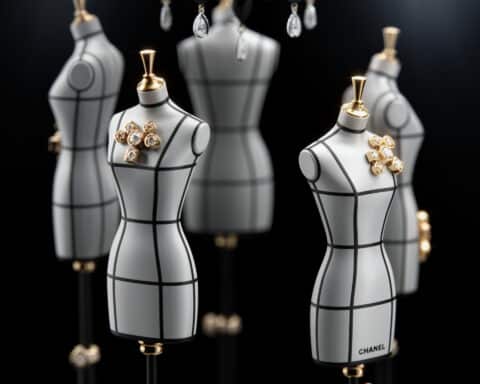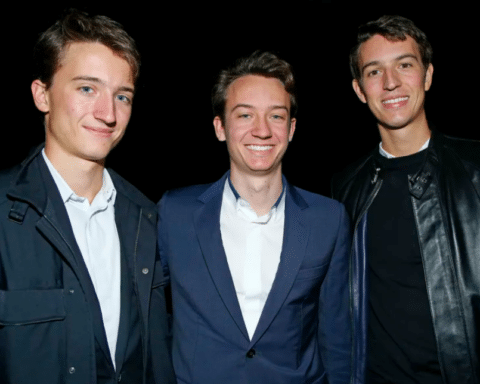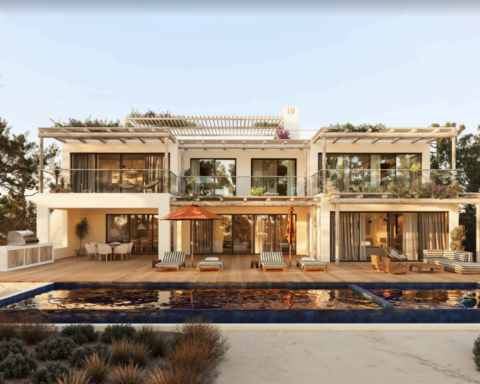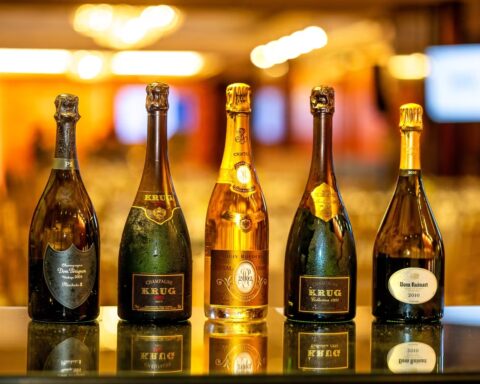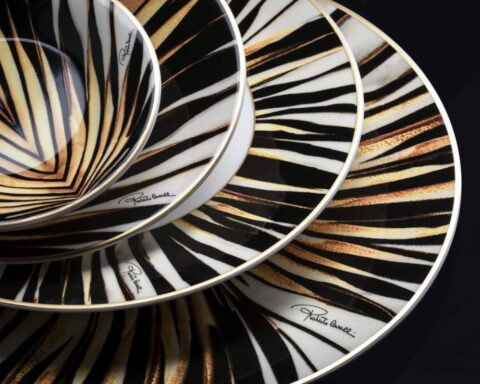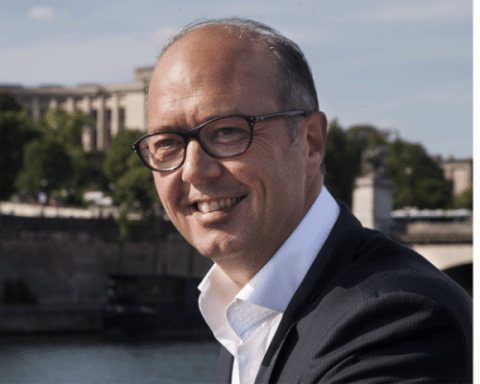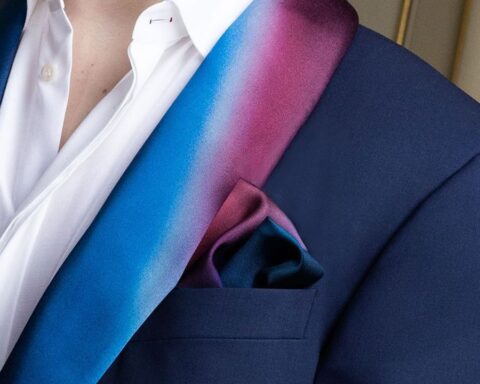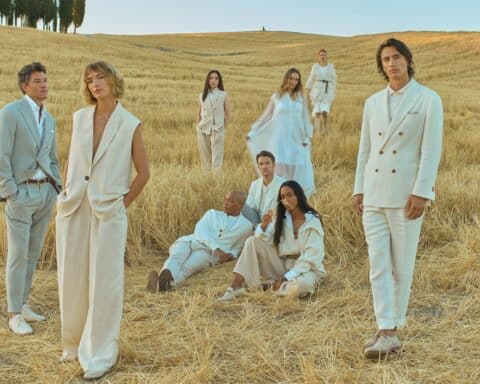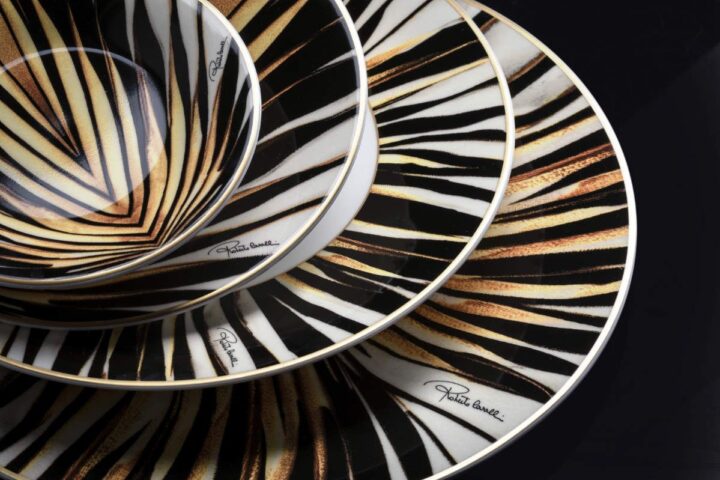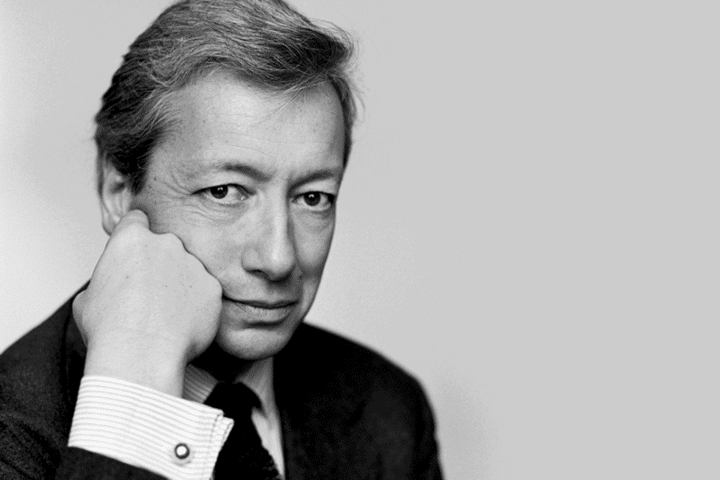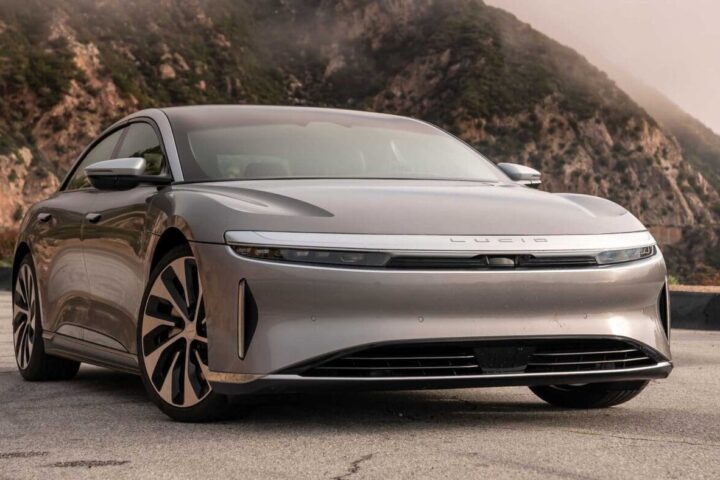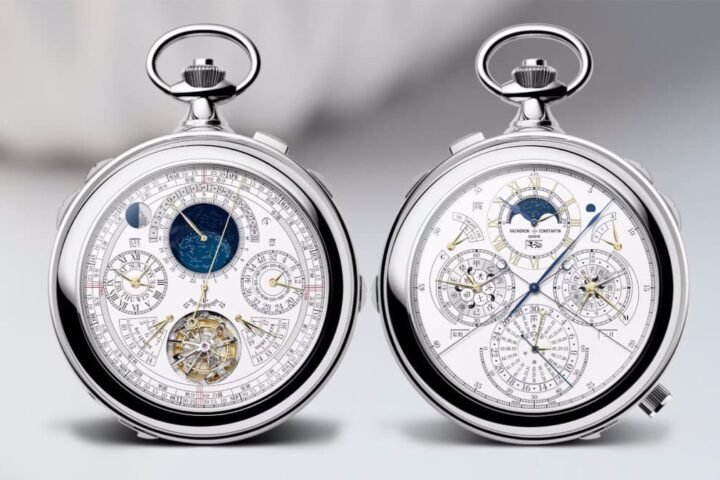[vc_row njt-role=”people-in-the-roles” njt-role-user-roles=”administrator,armember”][vc_column][vc_column_text]
Grasse, the world capital of perfumes and kingdom of the greatest fragrances, represents a significant opportunity for luxury houses, in their production but also in their reputation, and they have understood this. Focus on the city with know-how officially listed as a World Heritage Site.
A heritage that has earned it the status of world capital of perfumes.
Because of the exceptional culture of its plants and its incredible resources in terms of raw materials, Grasse has become over time the place par excellence for the production of perfume.
Between the international raw materials companies, the nose training center, the International Perfumery Museum, the Fragonard, Molinard and Galimard factories, the city represents the cradle of perfumery. Its heritage reflects the worldwide history of the sector and exceptional know-how.
This know-how is then married to the rare flowers of the country of Grasse such as lavender, myrtle, rose, orange blossom, mimosa and especially jasmine which confers on the city the status of a place of treasure. A marriage allowing a transformation of these rare and very claimed raw materials.
These treasures linked to the resources of the city located on the French Riviera have monopolized the biggest luxury houses. Among them : Rochas, Dior, or Chanel whose perfumes were created there.
A territory invaded by the globalization of perfumery
However, the region suffered for a while from a loss of reputation and was only a tourist and cultural place, the presence of luxury brands on this territory having become commonplace. Disfigured by construction, it only attracted perfume professionals and perfume-loving tourists. Of the sixty or so producers at the time, only about ten remain today. Little by little, the land was sold as a result of real estate pressure.
The renewed attractiveness of fashion houses in Grasse then allowed him to redecorate his blazon and to become an unavoidable opportunity thanks to his “flourishing business”.
Indeed, “the perfume industry in Grasse is 64 companies with about 4,600 employees and a turnover of 2.9 billion euros”, reveals Philippe Massé, at the head of Prodarom, the national union of manufacturers of aromatic products.
“We are not in the folklore! If perfumery settled between the sea and the Pre-Alps, it is for this middle altitude climate, neither too hot nor too cold, which makes the flowers more fragrant. The ancients had understood it well! “claimed François Demachy, perfumer and creator of the house Dior.
The attraction of luxury homes for a unique source of naturalness
The big houses, adepts of their traditions and their “storytelling”, could not have chosen better as a strategic point of production. But what differentiates the region from others is its “natural character”.
“This city is the world capital of natural ingredients and their transformation,” says Jérôme Viaud, Mayor of Grasse.
A few factories share the natural market, among them: Mane, Robertet and LMR (Laboratoire Monique Rémy).These are clearly monopolized by brands such as Hermès, Frédéric Malle, Louis Vuitton, and Dior.
The key ingredient? May rose and jasmine. However, their low production does not allow a really significant use in world-famous perfumes. Especially since their cost is prohibitive.
The houses then use this culture and know-how to their advantage as a brand “showcase”, while maintaining traditional practices and a reputation as an “ancestral” house. Raw materials therefore come from all over the world and not only from Grasse.
“Ingredients from Grasse are 20 to 25 times more expensive than those from other origins,” says François Demachy. For example, 1 kilo of pink centifolia absolute costs 12,000 euros, compared to 3,000 euros for the rose from Turkey.
“Grasse is the world’s raw materials counter, there is a start-up spirit here, people are experimenting. And nothing can replace a beautiful bergamot or a beautiful rose from Grasse. It’s important to put quality in the bottles. There are two thousand launches a year, you have to differentiate yourself. “says Jacques Cavallier, Louis Vuitton’s master perfumer.
“For one of my perfumes, I wanted to use bigarade, which had never been done before. LMR agreed to carry out initial tests for me and succeeded in obtaining a very interesting product. I ordered 5 kilos of it to make Cologne Bigarade by Editions de Parfums Frédéric Malle. Today, LMR sells 20 tons a year to the whole perfumery. “ explains Jean-Claude Ellena, former consultant perfumer for Hermès.
May Absolute Pink is also present in the formulas of La Colle Noire, the Christian Dior Private Collection and Miss Dior Absolutely Blooming.
“Even if the speech on the molecules makes less dream than the one on the fields of roses, it is important to say that the perfumery results from an alliance of natural and synthetic, that both are essential”, reminds Mathilde Laurent, creator at Cartier.
Luxury perfumery conquered by the region
Chanel was the first house to settle in the region in 1987. It signed an exclusive partnership with the Mul family to ensure its supply of jasmine from Grasse. This family’s farm is the largest producer of perfume plants in the region with 25 hectares.
A strategy that also allows the brand to bring back the past. Indeed, it was in 1921 that the famous n°5 saw its formula composed of May rose and fat jasmine, thanks to the Ernest Beaux nose.
“Initially, this partnership was set up by my father, Jacques Polge, who was keen to preserve the local jasmine culture, the grandiflorum, present in the original formula of Ernest Beaux’s N° 5. The latter is much more beautiful and opulent than Egyptian jasmine. “explains Olivier Polge.
Dior followed suit by signing a series of exclusive partnerships with several producers: Domaine de Manon and Clos de Callian for jasmine, rose and tuberose, and Florapolis for neroli.
Moreover, all these small producers have come together under the banner of the association “Les Fleurs d’exception du Pays de Grasse” in order to promote this olfactory heritage.
Louis Vuitton has set up its creative workshop, Les Fontaines Parfums, in a 17th century bastide in the center of Grasse. The creative laboratory is home to François Demachy, perfumer for Dior, and his colleague Jacques Cavallier, in charge of creating Louis Vuitton perfumes.
Lire aussi > LUXURY PERFUMERY :IN THE GAUCHY FACTORY, 40 BOTTLES ARE PRODUCED PER MINUTE
Photo à la Une : © Presse[/vc_column_text][/vc_column][/vc_row][vc_row njt-role=”not-logged-in”][vc_column][vc_column_text]
Grasse, the world capital of perfumes and kingdom of the greatest fragrances, represents a significant opportunity for luxury houses, in their production but also in their reputation, and they have understood this. Focus on the city with know-how officially listed as a World Heritage Site.
A heritage that has earned it the status of world capital of perfumes.
Because of the exceptional culture of its plants and its incredible resources in terms of raw materials, Grasse has become over time the place par excellence for the production of perfume.
Between the international raw materials companies, the nose training center, the International Perfumery Museum, the Fragonard, Molinard and Galimard factories, the city represents the cradle of perfumery. Its heritage reflects the worldwide history of the sector and exceptional know-how.
This know-how is then married to the rare flowers of the country of Grasse such as lavender, myrtle, rose, orange blossom, mimosa and especially jasmine which confers on the city the status of a place of treasure. A marriage allowing a transformation of these rare and very claimed raw materials.
These treasures linked to the resources of the city located on the French Riviera have monopolized the biggest luxury houses. Among them : Rochas, Dior, or Chanel whose perfumes were created there.
[…][/vc_column_text][vc_cta h2=”Cet article est réservé aux abonnés.” h2_font_container=”font_size:16″ h2_use_theme_fonts=”yes” h4=”Abonnez-vous dès maintenant !” h4_font_container=”font_size:32|line_height:bas” h4_use_theme_fonts=”yes” txt_align=”center” color=”black” add_button=”right” btn_title=”JE M’ABONNE !” btn_color=”danger” btn_size=”lg” btn_align=”center” use_custom_fonts_h2=”true” use_custom_fonts_h4=”true” btn_button_block=”true” btn_custom_onclick=”true” btn_link=”url:https%3A%2F%2Fluxus-plus.com%2Fabonnements-et-newsletter-2%2F|||”]Accédez en illimité à tous les articles et vivez une expérience de lecture inédite, contenus en avant première, newsletter exclusives…
Déjà un compte ? Connectez-vous.[/vc_cta][vc_column_text]Photo à la Une: © Presse[/vc_column_text][/vc_column][/vc_row][vc_row njt-role=”people-in-the-roles”][vc_column][vc_column_text]
Grasse, the world capital of perfumes and kingdom of the greatest fragrances, represents a significant opportunity for luxury houses, in their production but also in their reputation, and they have understood this. Focus on the city with know-how officially listed as a World Heritage Site.
A heritage that has earned it the status of world capital of perfumes.
Because of the exceptional culture of its plants and its incredible resources in terms of raw materials, Grasse has become over time the place par excellence for the production of perfume.
Between the international raw materials companies, the nose training center, the International Perfumery Museum, the Fragonard, Molinard and Galimard factories, the city represents the cradle of perfumery. Its heritage reflects the worldwide history of the sector and exceptional know-how.
This know-how is then married to the rare flowers of the country of Grasse such as lavender, myrtle, rose, orange blossom, mimosa and especially jasmine which confers on the city the status of a place of treasure. A marriage allowing a transformation of these rare and very claimed raw materials.
These treasures linked to the resources of the city located on the French Riviera have monopolized the biggest luxury houses. Among them : Rochas, Dior, or Chanel whose perfumes were created there.
[…][/vc_column_text][vc_cta h2=”Cet article est réservé aux abonnés.” h2_font_container=”font_size:16″ h2_use_theme_fonts=”yes” h4=”Abonnez-vous dès maintenant !” h4_font_container=”font_size:32|line_height:bas” h4_use_theme_fonts=”yes” txt_align=”center” color=”black” add_button=”right” btn_title=”JE M’ABONNE !” btn_color=”danger” btn_size=”lg” btn_align=”center” use_custom_fonts_h2=”true” use_custom_fonts_h4=”true” btn_button_block=”true” btn_custom_onclick=”true” btn_link=”url:https%3A%2F%2Fluxus-plus.com%2Fen%2Fabonnements-et-newsletter-2-2%2F|||”]Accédez en illimité à tous les articles et vivez une expérience de lecture inédite, contenus en avant première, newsletter exclusives…
Déjà un compte ? <strong><a href=”https://luxus-plus.com/mon-compte/”>Connectez-vous</a>.</strong>[/vc_cta][vc_column_text]Photo à la Une: © Presse[/vc_column_text][/vc_column][/vc_row]


